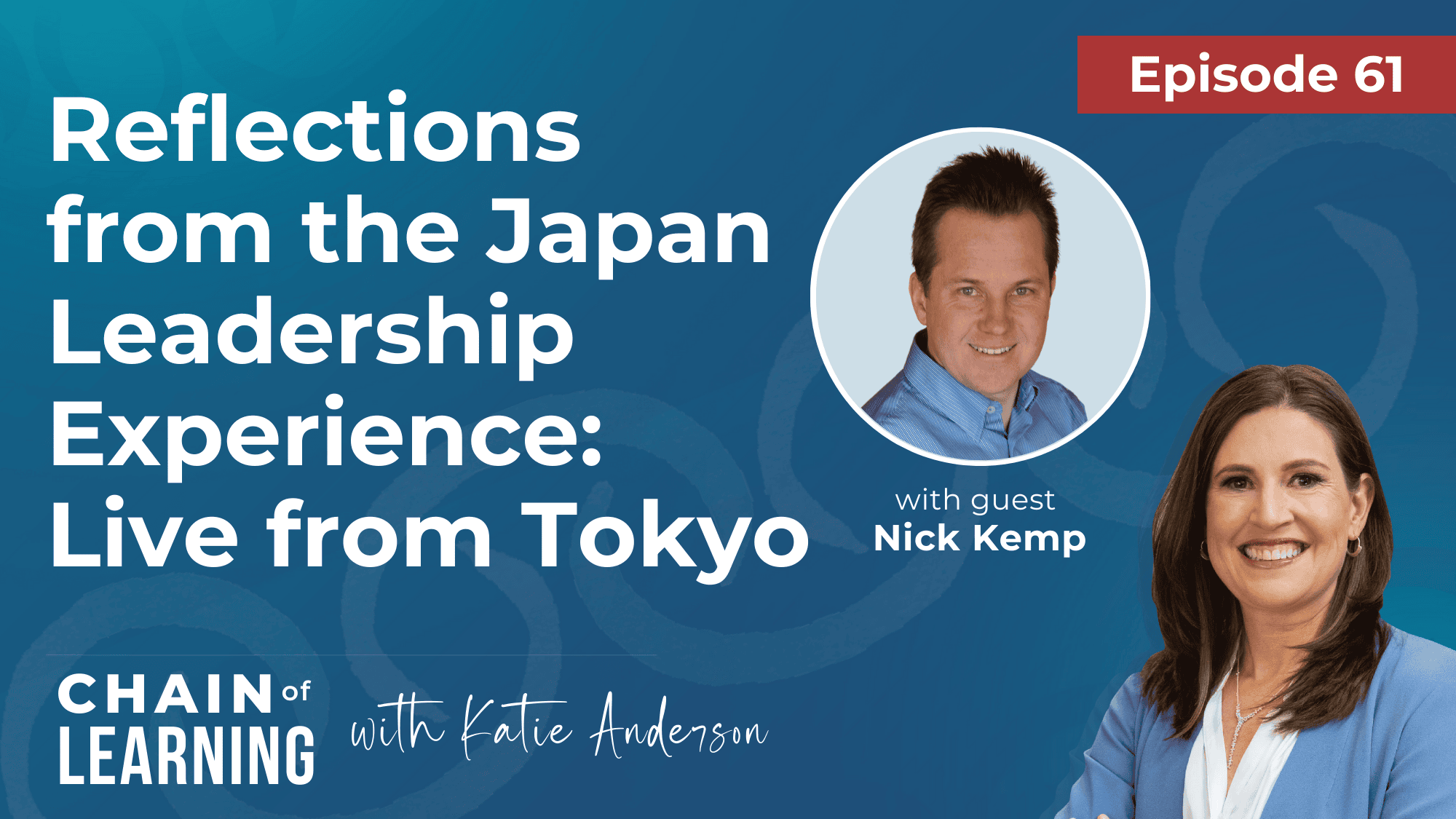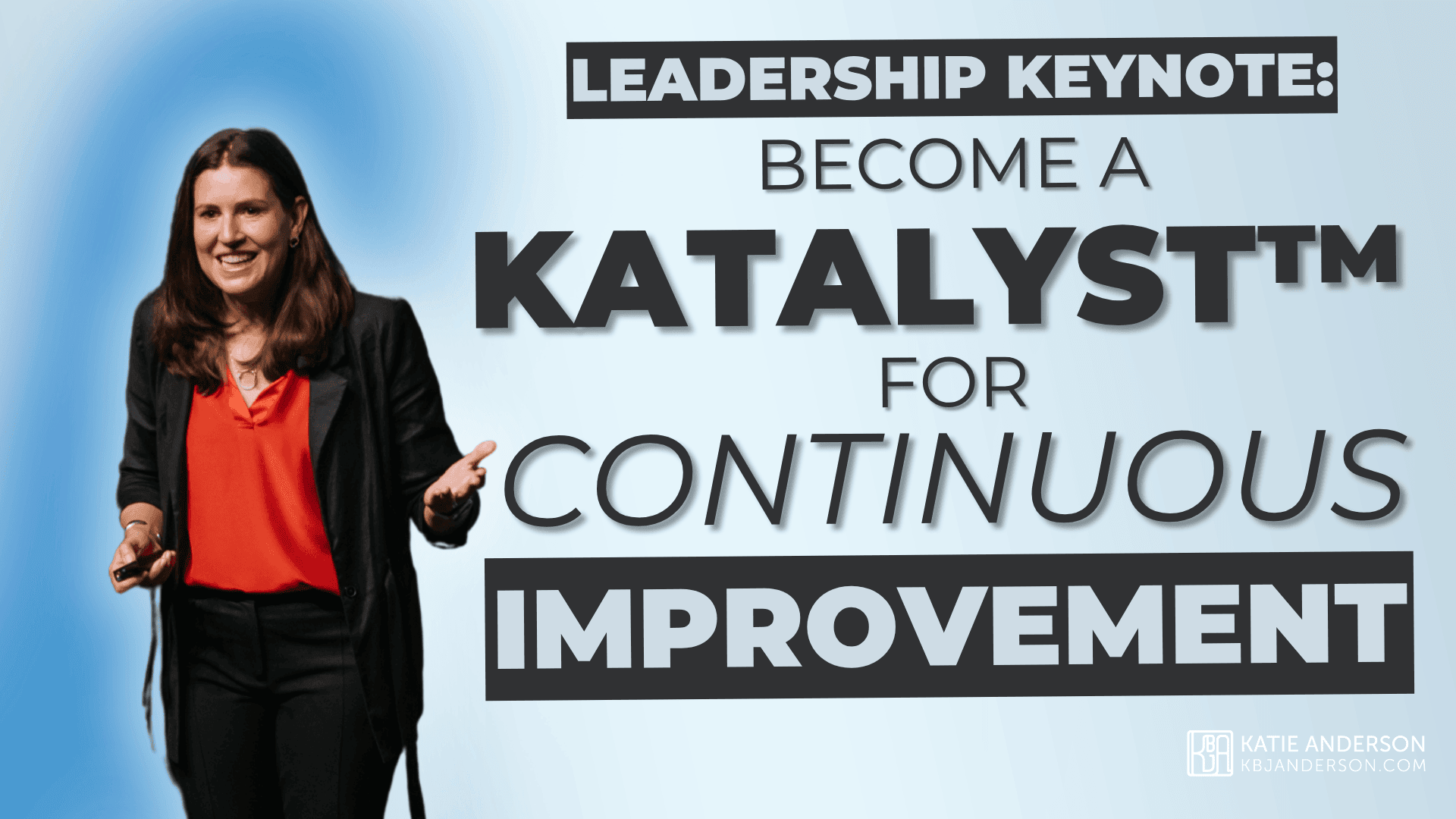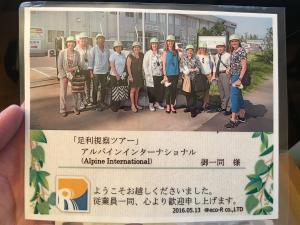
As I’ve written about in earlier posts, last spring I led a study trip to the Japanese “5S City” of Ashikaga to learn about how organizations in the town practice Lean management and how the concepts of “joy” and “revitalization” are a special elements to “Ashikaga-style 5S”.
If you haven’t read them yet, you can learn more about how 5S and Lean is practiced in Ashikaga in the first three posts in this series:
- Japan Gemba Visit: Ashikaga Part 1 – the city that uses 5S to revitalize and bring joy to the community
- Japan Gemba Visit: Ashikaga Part 2 – Ogura Metal, using 5S and Lean to “bring smiles to all employees & customers”
- Japan Gemba Visit: Ashikaga Part 3 – Ogura Metal’s joyful “5S Theme Park” and Kaizen Spirit
Eco-R: Innovating through 5S and kaizen to create a better society

The second factory that we visited during our visit to Ashikaga was Eco-R, an automobile dismantling, repair and recycling company.
What impressed me the most about Eco-R was its commitment to their community and to having a broader positive impact on the world.
It was amazing to see how they are able breakdown and either repurpose or recycle almost every part of old vehicles!
Their motto is “Love Mother Earth” and it comes through in their mission and their day-to-day efforts to do their work and continuously improve.
Like over 150 companies and organizations in the town of Ashikaga, they use the 5S principles as the method for maintaining an organized work environment.
Contributing to the community is a core belief
Eco-R, like many companies I visited in Japan, has a strong focus on doing good for their broader community not just through their products but by engaging in the community.
For example, every two weeks employees volunteer to clean-up areas in Ashikaga to keep the town clean.
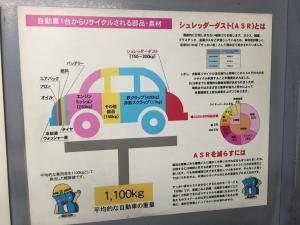
Overview of Eco-R by the President
The current President and son of the founder, Hiromichi Ishii, spent time with us explaining the history of Eco-R and their management practices.
The organization’s goals are to “pursue the happiness of our employees” and “realize a bright and joyful society”. They see 5S and kaizen as they way the develop their people and achieve the organization’s goals.
Mr. Ishii said that it is important for a company to have a strong vision so that “we can focus all of our strength into a single direction”.
Early years – 1964-2005
The company was established in 1964, the same year of the Tokyo Olympics and the launch of the first Shinkansen (bullet train) in Japan.
Mr. Ishii explained that his father’s inspiration for founding the company was that “if there is someone making cars, then someone is needed to repair them”.
Mr. Iishi said that the former process of dismantling cars was like a “barbecue”. The community complained of the black smoke and fumes and did not think highly of the company, which in turn made it hard to attract and retain talented employees.
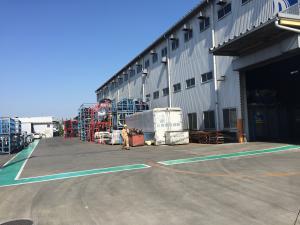
Change of name and focus in 2006
In 2006, the company changed its name from Ishii Car Industy to Eco-R and shifted its focus from repair to recycling.
This change came about in response to two factors.
- The Japanese Automobile Recycling Law came into effect that stipulated rules that automakers had a legal oblication to ensure the proposer recycling and disposal of “end of life vehicles” (ELV)
- The company wanted reconcile with the community of Ashikaga and develop a cleaner and more environmentally friendly process for dismantling cars.
They decided that they had to change and figure out how to create a more environmental process for car disassembly and recycling, which would be better for society as a whole, for the company and for employees.
5S and kaizen have been an important part of the sucess of this shift in the past decade.
5S and Kaizen at Eco-R
Mr. Ishii walked through a presentation about the role of 5S at Eco-R. I have included images from some of the handouts that he provided.
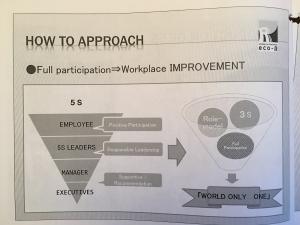
5S for safety and leadership development
Mr. Ishii explained that 5S is a means of improvement towards their broader organizational goals and to ensure a safe working environment.
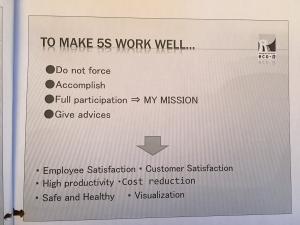
Eco-R has a 5S committee that consists of 10 people who take leadership in different areas across the company to lead ongoing improvement efforts related to 5S. This 5S committee is also a way to develop staff into leadership roles.
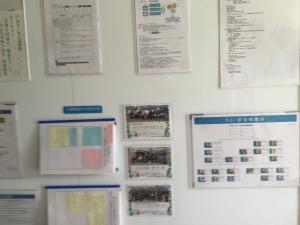
Twice a month, each group does an early morning deep clean of the factory to ensure that the disassembly plant remains tidy.
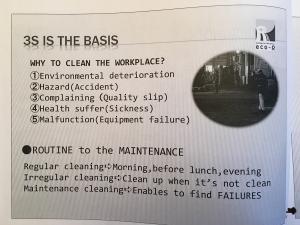
Kaizen for daily improvement
During our tour of the site, our guides also explained that kaizen is a daily practice and that all staff are encouraged to look for improvement in their work.
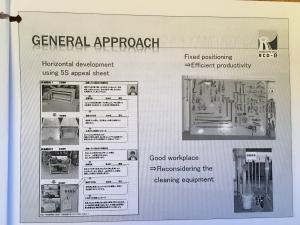
At their daily morning huddle, managers will announce new changes that were made due to employee ideas.
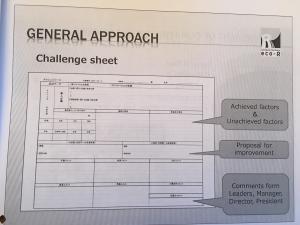
Challenges to encourage kaizen
Our guides explained that during the disassembly process, workers do not put anything on the ground unless they have to to help contribute to a 5S environment (so that tools don’t go missing, etc).
If they currently “have to” put something down, managers encourage the staff to put forward kaizen ideas to eliminate this current need.
Having the goal to not put anything on the ground encourages employees to always think about how they can improve their process.
Process flow for automobile recycling
During our orientation session, we learned about the 14 major steps of the process flow for car disassembly and recycling at Eco-R include the following.
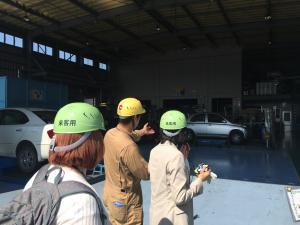
- Car is registered with Eco-R (usually through a car dealership)
- Eco-R determines which parts of that car can be recycled or repurposed
- Parts to be repurposed are removed, cleaned, packed and stored for resale (using a fully automatic computerized system to track the parts)
- Collect CFCs (Freon) from the car (takes about 5 min)
- Collect the air bags
- Drain and collect any fluids (gas, oil, etc.) – there is usually about 22L of fluids to collect from each vehicle
- Car is dismantled
- Metal parts and shell is pressed
- Loading, transportation and final processing of metal parts (the trucks are weighed automatically to check for overloading)
- Trading – Eco-R exports to over 50 countries
- Vehicle stockyard where used cars that can be repaired are held before they are repaired or resold
- Repair and paint department – for cars that can be resold
- Resale shop for tires and other components
- Offsite waste water treatment facility
Eco-R Plant Tour
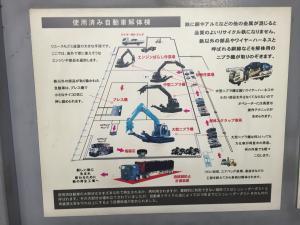
On our tour of the Eco-R plant we got to see steps 3-8,and 13 described above.
Disassembly Area
First we got to see how they deploy airbags before disassembling them for recycling. Employees have standard work to ensure safe deployment of the airbags before they are removed from the vehicles for recycling.
When tires are removed, they are all individually inspected “with hands and eyes” to determine which tires are suitable to be resold and reused, and which will be recycled.

Metal scrap process
We then got to watch the automobile scrap process. For a scrap metal factory, it was impressive how seemingly tidy and organized the warehouse was.
In front of us, cars that have already been stripped of their non-metal components are picked apart by vulture-like machines with giant pinchers (that are operated by humans) called “Nibblers”. These Nibblers are highly precise and can rip out and remove components within the car.
Then metal shells and ripped of parts of the cleaned-out cars are lifted by a giant magnet attached to a crane and put into a crushing machine.
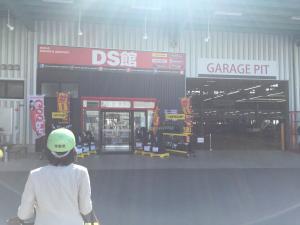
The crusher compresses the car into a dense box of metal and is again lifted by the magnet and stacked along with the crushed carcasses of former cars for transport to an offside metal processing center.
Our whole group was fascinated by this scene of prehistoric metal creature devouring their less fortunate machines and took many videos to show our kids!
Resale shop
We then moved to another building that houses the resale office and car repair center.
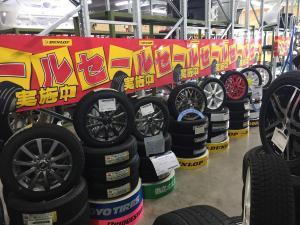
Onsite they have a resale store that provide tires, wheels, audio devices, GPS and other repurposed parts at reasonable rates.
The main shop was bright and airy and looked like any automobile parts store.
On the lower level, a shop sells recycled and new components for cars.
On the upper levels, were rows and rows of used and new tires for sale.
Each tire has a unique identifying number and bar code so that customers can know the exact history of its previous use and how much “life” is left in the tire.
5S to revitalize the community and environment
While I learned less about the management system and processes about 5S on this visit than I did at Ogura Metal earlier in the day, I was impressed by the organization’s passion and commitment to the environment, to their community and to their people.
The Ashikaga approach of using 5S to revitalize the organization and bring joy to people by engaging them in kaizen was evident in all of our interactions with staff and during our tour.
Mr. Ishii has clearly turned the company around in a 10 year period from one that was looked down upon for pollution to one that is respected in the community and is serving a greater purpose to Love Mother Earth.
You can more about Ashikaga and 5S in the following posts
- “Upcoming Japan Lean 5S Study Trip: “Best of Ashikaga – Lean Management, Rural Winery, Japan’s First School and More!
- Japan Gemba Visit: Ashikaga Part 1 – the city that uses 5S to revitalize and bring joy to the community
- Japan Gemba Visit: Ashikaga Part 2 – Ogura Metal, using 5S and Lean to “bring smiles to all employees & customers”
- Japan Gemba Visit: Ashikaga Part 3 – Ogura Metal’s joyful “5S Theme Park” and Kaizen Spirit
- Life in Japan: Where clean is beautiful, but 5S is still hard
- Life in Japan: Visual and audible management to guide everyday life
The first three posts in this series were also just cited in Tom Ehrenfeld’s Lean Roundup article on 5S for the Lean Post. Check it out for other great resources and information about 5S.






